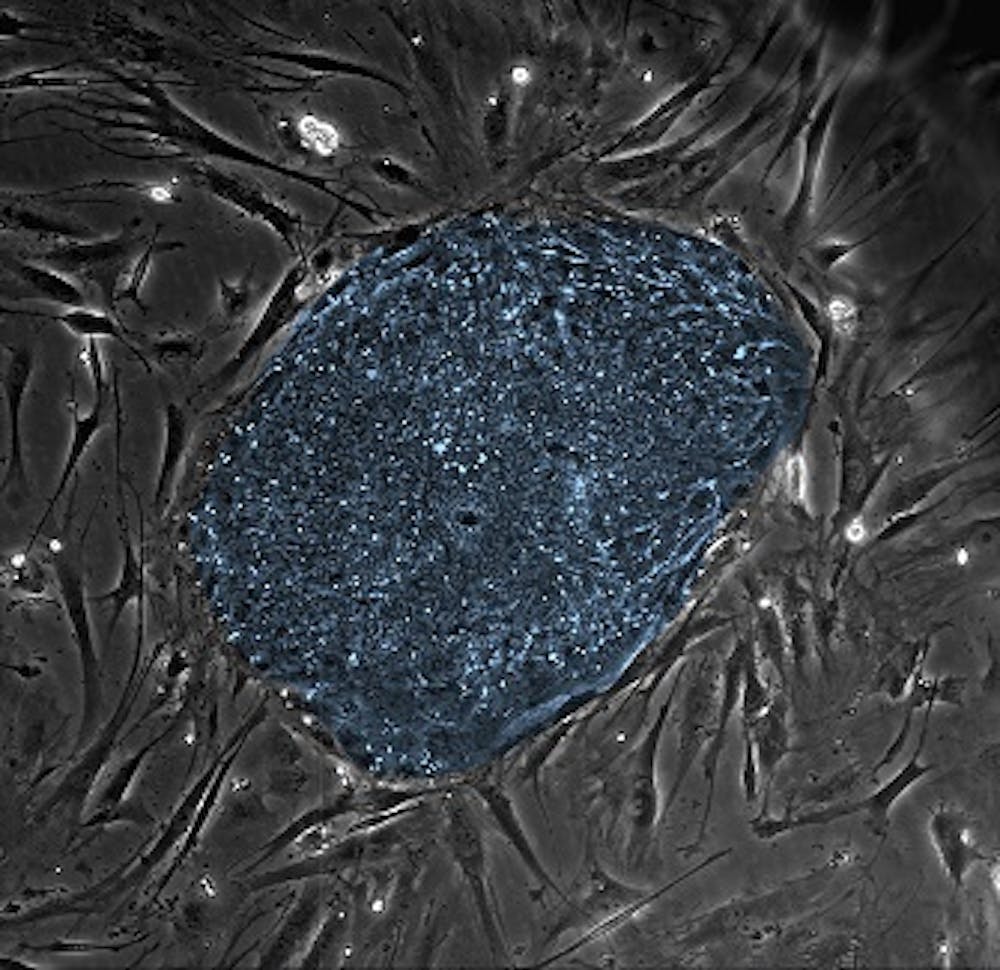With Thanksgiving just around the corner, this week’s review highlights scientific breakthroughs we can all be grateful for — advancements that have made a profound impact on human health in the past month.
Restoring vision using stem cells
The outermost layer of the cornea (the transparent part of the eye) is maintained by stem cells in the limbal ring — the dark ring surrounding the eye's iris. When these stem cells are depleted, a condition known as limbal stem-cell deficiency (LCSD) occurs, causing scar tissue to cloud the cornea, eventually leading to blindness.
Current treatments for LSCD often involve stem-cell transplants from healthy subjects but are highly invasive. Corneal transplants are another possibility but can face acute rejection by the recipient’s immune system. About four years ago, two men and two women with LSCD in both eyes were given corneal transplants using corneas derived from induced pluripotent stem cells (iPSCs). Two years later, the patients’ vision improved and neither experienced severe side effects. To be able to potentially cure blindness is a profound innovation.
A Home flu and COVID combination test
At the peak of respiratory illness season, the FDA authorized an over-the-counter test that detects both COVID-19 and the flu. Developed by Healgen Scientific, this test addresses a common challenge: distinguishing between respiratory illnesses with similar symptoms like fever, cough, nausea and a sore throat. Additionally, many over-the-counter antivirals such as Tamiflu are most effective almost immediately after infection onset, so delays in diagnosis could result in longer recovery times and reduced treatment efficacy.
The new at-home test could correctly identify 99% negative and 92% positive COVID-19 samples. For negative Flu A and Flu B samples, 99.9% were identified correctly; for positive Flu A and Flu B samples, the test correctly identified 92.5% and 90.5% of samples, respectively. These quick and affordable tests will be a vital fix for the colder months.
A Breakthrough trial in cervical cancer treatment
Cervical cancer is the fourth most common cancer in women globally, with approximately 660,000 new cases and 350,000 deaths annually. Rates of the disease are especially high in underdeveloped nations due to struggles in human papillomavirus (HPV) vaccination of the whole population. The cancer has a very high five-year survival rate if diagnosed early, but metastatic cervical cancer has a survival rate of only 16.5%, making it incredibly dangerous.
The recent INTERLACE trial, a landmark phase 3 trial about cervical cancer treatment that studied 32 hospitals across five countries, examined the effects of adding a short course of chemotherapy before standard chemoradiotherapy. Though the standard treatment for cervical cancer is chemoradiotherapy, the mortality rate from the disease is still high, and many patients relapse and die due to metastatic disease. The combination treatments studied reduced mortality by 40%. It also reduced the risk of cervical cancer by 35%.
Growing understanding of the warning signs of dementia
Dementia is a chronic condition that impacts cognitive function, memory and reasoning. 4% of adults over the age of 65 reported a dementia diagnosis in 2022. However, due to a lack of treatments to reverse dementia, a primary focus of healthcare practitioners is preventing the condition.
An international study assessed signs of frailty in older adults to track how they could be correlated with dementia. Though previous studies have associated signs of physical frailty such as weight loss, fatigue and lower grip strength with dementia, this wide-scale study analyzed the extent of frailty as well. Data was tracked over 27 years and each participant was given a frailty index score. From there, the correlation between these scores and the onset of incident dementia was measured. Results from the study found that frailty was positively associated with dementia risk, suggesting that indicators of frailty could help identify populations at high risk for dementia. This association further revealed potential points of intervention in the “pre-dementia” stage: Health practitioners can now focus their efforts on preventing frailty such as a protein-rich diet, exercise and strong social connections.





